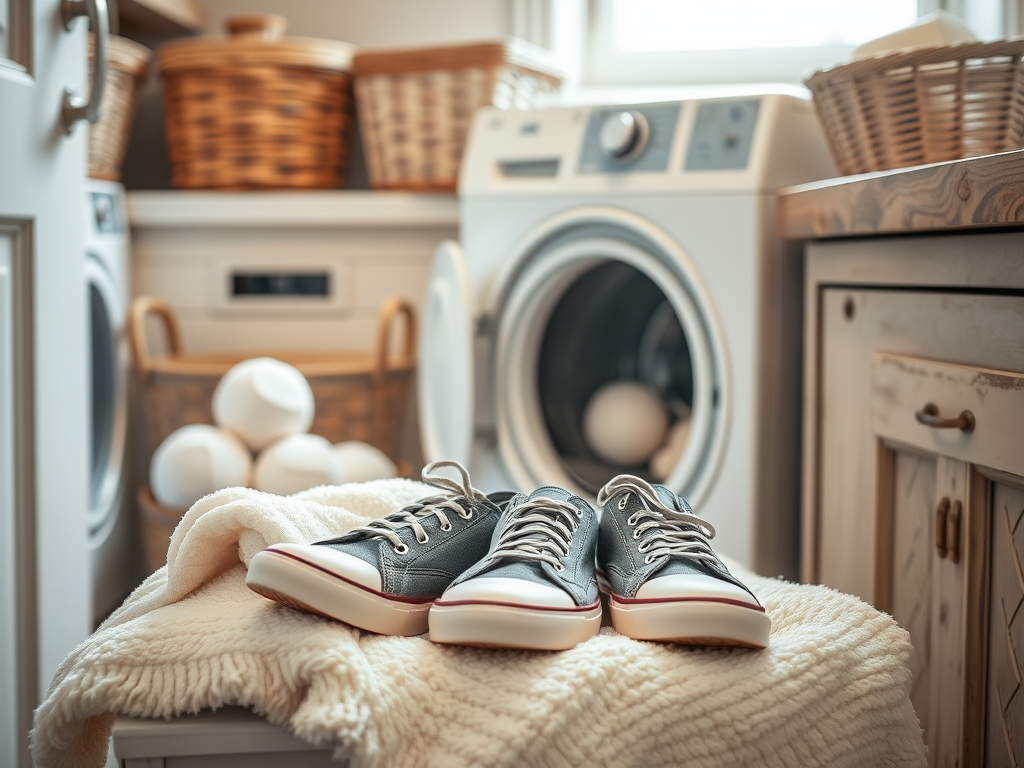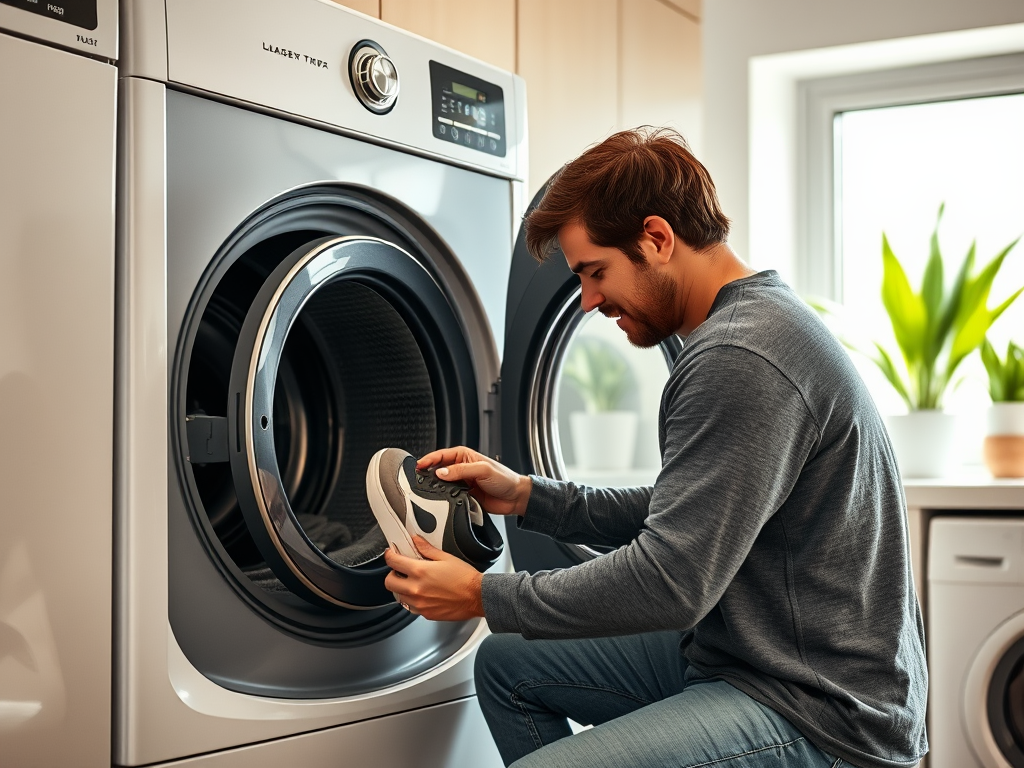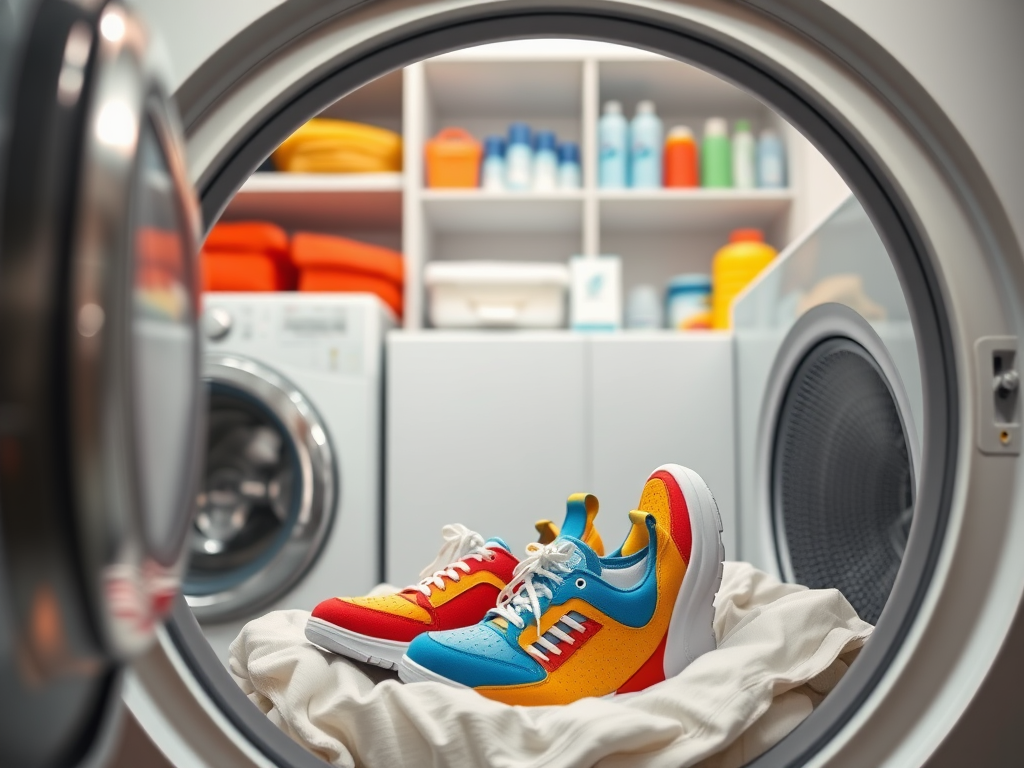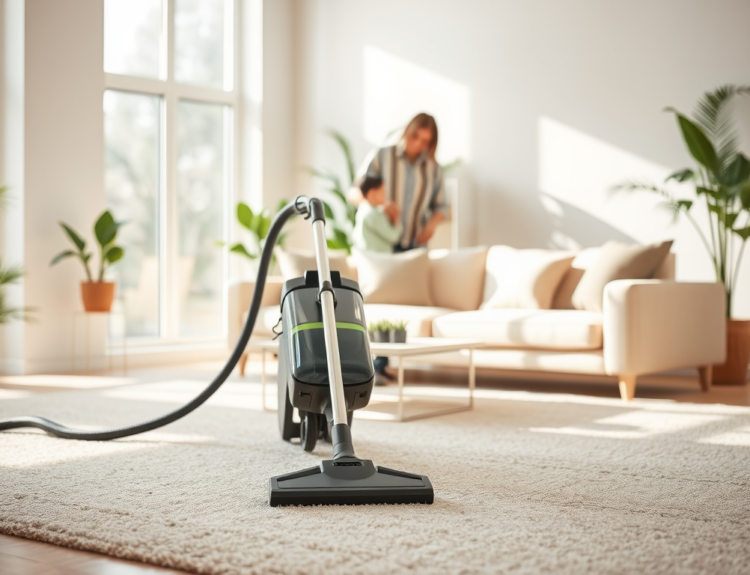Drying shoes can often be a daunting task, especially when you’re desperate to have them ready for your next adventure. Conventional methods like air drying can take hours—if not days—and that’s simply not feasible for everyone. Fortunately, utilizing your dryer can be a game changer. Not only can it save you time, but it can also help maintain the structure and comfort of your shoes when done correctly. This guide will provide you with valuable tips and expert tricks on how to effectively dry your shoes in a dryer without causing damage.
Whether it’s sneakers after a muddy run or your favorite canvas slippers post-rain, understanding the right techniques can make all the difference. With the right knowledge, your footwear can be dry, fresh, and ready to wear in no time. So, let’s dive into the nitty-gritty of what you need to know about drying your shoes in a dryer.
Understanding Your Dryer

Before tossing your shoes into the dryer, it’s essential to understand the type of dryer you have. Not all dryers are created equal, and knowing the functionalities of your appliance can significantly influence the outcome. Many modern dryers come with specific settings designed for delicate items, which can be perfect for your shoes.
Manufacturers usually provide guidelines based on the materials used in different types of shoes. For instance, athletic shoes made of synthetic materials may fare well in a dryer, while leather shoes may not. It’s best practice to review your dryer’s manual, often available online, to ensure that you are fully aware of its capabilities.
Preparing Shoes for the Dryer

Proper preparation can make a world of difference in the drying experience. Before placing them in the dryer, it’s crucial to take a few key steps. First, remove the laces and insoles; this prevents them from getting tangled and ensures that all parts dry properly. Next, consider giving them a quick clean to remove dirt and mud.
After cleaning, check if your shoes are made of dryer-safe materials. Use this checklist to finalize your prep:
- Remove laces and insoles.
- Clean the exterior thoroughly.
- Confirm material compatibility with dryer drying.
Best Practices for Drying Shoes
Knowing the best practices for drying shoes can ensure they come out in great condition. Start by selecting the appropriate dryer settings; usually, a low heat setting or the air dry function is ideal. High heat can warp shoe structures or deform materials, leading to an uncomfortable fit.
Using dryer balls or a couple of clean towels can enhance the drying process. They not only provide cushioning but also help absorb excess moisture. If you’re concerned about odors, adding scent boosters can refresh your shoes as they dry, ensuring they don’t just feel good but smell good too!
| Dryer Setting | Best For | Temperature |
|---|---|---|
| Low Heat | Sneakers and synthetic materials | Warm, safe for long drying |
| Air Dry | Delicates, leather shoes | Cool, gentle on materials |
| Medium Heat | Canvas and mixed materials | Moderate, watch for damage |
Common Mistakes to Avoid
Even with the best intentions, it’s easy to make errors that can complicate the drying process. One common mistake is overloading the dryer; shoes need space to move around for effective drying. Additionally, ignoring shoe care labels can lead to disappointing results and potential wardrobe malfunctions.
Lastly, don’t skip the cleaning process. While it may seem unnecessary, dirt particles can clump together as shoes dry, leading to an unpleasant smell. To avoid these pitfalls, keep this list in mind:
- Avoid overloading the dryer.
- Refer to care labels for specific guidelines.
- Always clean shoes before drying.
Tips to Speed Up the Drying Process
Need those shoes ready faster? There are several strategies you can employ to speed up the drying process without compromising quality. One effective method is to utilize a pre-dry spin cycle, which removes excess moisture before the actual drying starts. You might also consider moisture-wicking fabrics, as they can drastically reduce drying time.
Finally, remember to monitor your shoes while they dry, checking on them periodically to ensure they are not being damaged by excessive heat or tumbling. The following tips can enhance efficiency:
- Use a pre-dry spin cycle to remove excess water.
- Incorporate moisture-wicking socks or fabrics.
- Check shoes regularly to avoid damage.
Conclusion
Drying your shoes in a dryer can be a safe and efficient solution if done correctly. By understanding your dryer, preparing your shoes properly, adhering to best practices, and learning from common mistakes, you can ensure your footwear remains in excellent condition. Remember, each pair of shoes might have unique requirements, so always refer to care instructions.
With these tips and tricks at your disposal, you can confidently put your shoes in the dryer without fear of damage. Effective shoe care will not only extend the life of your footwear but also enhance your overall wearing experience.
Frequently Asked Questions
- Can all types of shoes be dried in a dryer? No, shoes made from delicate materials like leather or suede may get damaged in the dryer.
- What setting should I use to dry my shoes? It’s best to use a low heat setting or the air dry function to prevent damage.
- How long does it typically take to dry shoes in a dryer? Depending on the type of shoe and dryer settings, it can take anywhere from 30 minutes to over an hour.
- Should I put shoes in the dryer with other clothing? It’s advisable to dry shoes separately to prevent potential damage to both the shoes and the clothing.
- What should I do if my shoes still smell after drying? Consider using baking soda or specialized shoe deodorizers to tackle lingering odors.



